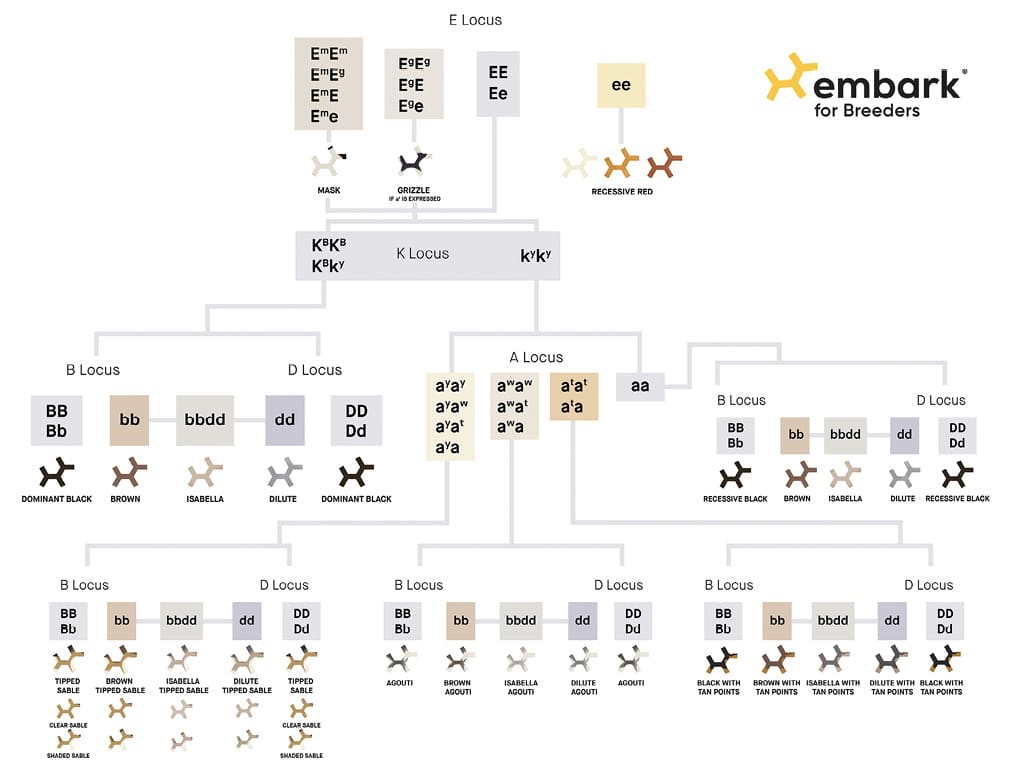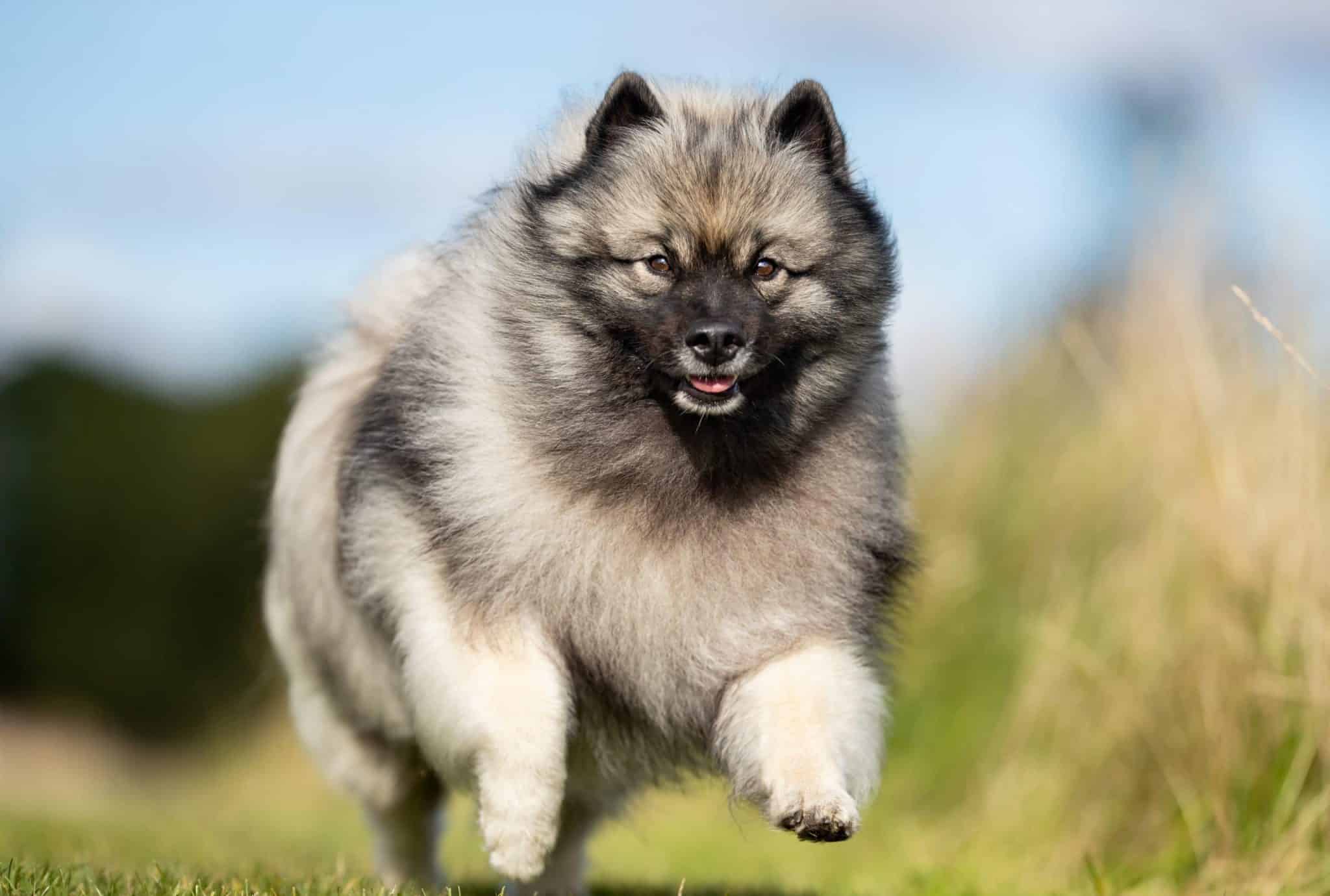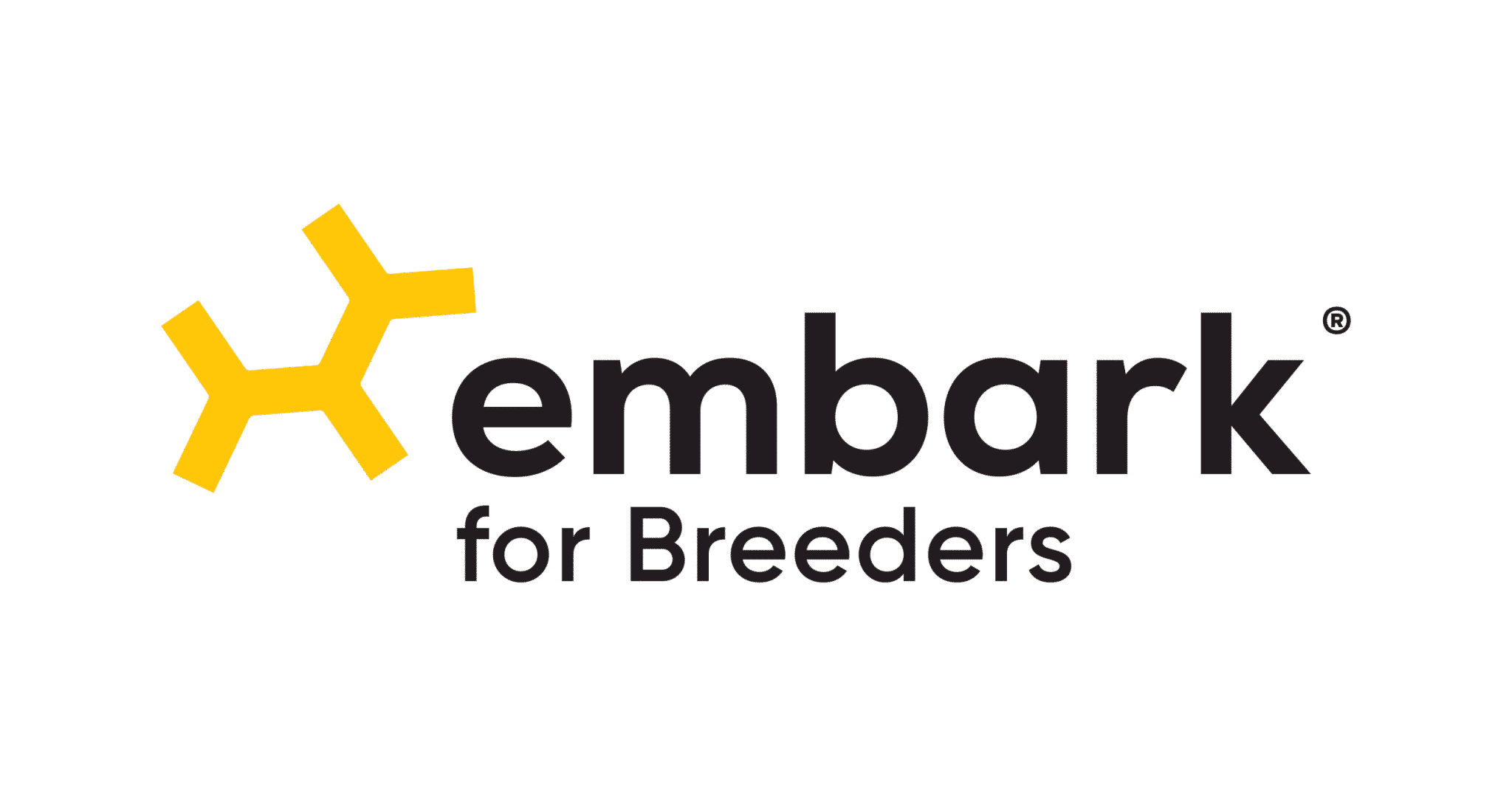Coat Color Genetics & Embark Health Testing | Breeding your own show dog for the first time is the next big leap after the dog show bug has bitten you. There are so many things to consider, like finding a mentor, researching pedigrees, selecting a stud dog for your brood bitch, learning about the health of your breed, conducting the recommended health screenings and genetic tests, setting up your home to welcome your first litter, and finding loving homes for the puppies.
When it comes to genetic testing, breeders can learn about canine traits like coat color genetics in addition to breed-specific health tests. With a comprehensive Embark for Breeders DNA Test Kit (which tests for health, traits, and COI), first-time breeders or those who have not used genetic testing before can test for health while also having fun learning about genetics of coat color.
Embark hopes this article—along with this handy infographic—will make coat color easier to understand. If you would like additional help, you can contact a member of the Embark team at [email protected].
To celebrate DNA Month this April, save $30 off your next Embark for Breeders DNA Test kit. Order using code RINGREADY30 at embarkvet.com/breeders. Offer ends May 31, 2021.
What Embark Reports for the E, K, A, B, and D Loci:
The E locus (MC1R) has 4 alleles which can be reported: Em, Eg, E, and e, and it has a hierarchical dominance pattern. Em (melanistic or dark mask) is at the top and is dominant to the other E alleles. This is the characteristic facial mask seen in the German Shepherd Dog and Pug. Eg (grizzle) is next in line and looks like the widow’s peak of the Afghan Hound. The physical visibility of the mask or grizzle is dependent on the genotypes at the K and A loci. For example, in order for grizzle to be seen phenotypically, a dog must also have the genotype kyky at the K locus and atat at the A locus. In theory, a dog could also be ata, however, the a allele has not been documented in breeds with visible grizzle.
The E allele provides the ability to make eumelanin in the coat and is dominant to the e allele (recessive red). Dogs that are EE or Ee can produce dark (black, brown, blue, Isabella) hairs, but their distribution will be dependent on the genotypes at the K and A loci. Dogs that are ee (recessive red) will not produce any dark hairs regardless of their genotype at the K, A, B, and D loci. (Interestingly, you can usually tell what their genotype is at the B and D loci by the color of their nose.) The shade of red of their coat can range from a deep copper like the Irish Setter, to yellow like a Labrador Retriever, to the white of the Samoyed. This variation in red color intensity is controlled by multiple genetic loci and has different genetic determinants in different breeds. Embark is working on defining the genetics behind red color intensity, and you can help by providing high-quality images of your ee dogs within their profiles.

The two reported alleles at the K locus (CBD103) are KB and ky. Embark does not report brindle (sometimes abbreviated as Kbr), because currently there is insufficient evidence supporting the genetics of brindle for Embark to accurately report. KB is dominant to ky. This means only one copy of KB is needed for the coat color to be expressed. We use the term dominant black for KB. If a dog has at least one KB allele, you can completely ignore the A locus regarding that dog’s phenotype. In a breeding animal, it may be important to know the A genotype, however. If a dog is kyky (and not ee), then the A locus will be expressed as follows:
The A locus (ASIP) has 4 alleles that can be reported: ay, aw, at, and a. Unlike the K locus, which has one dominant and one recessive allele, the A locus has an allele hierarchy like the E locus. The ay allele (fawn or sable) is dominant to all other A alleles and aw (agouti or wolf sable) is dominant to at (black and tan) and a (recessive black). The at allele is only dominant to a. However, this dominance hierarchy may not apply in all breeds.
For example, using the standard hierarchy above, a dog that is ayaw or ayat will be fawn/sable, and only a dog that is atat or ata will be black and tan. It has been thought that the alleles are not additive and an awat dog and an awaw dog will both be the same degree of wolf sable. However, feedback from many breeders suggests that there may be breed-dependent interaction of the A alleles. There are also several different coat patterns for fawn/sable dogs, which goes beyond the scope of this post. Just like with the K locus, both alleles may be important to record to know what your breeding dog may produce.
Next are the B and D loci. Both will lighten pigment, and the alleles at the B and D loci are recessive in their phenotypic expression. This means two copies of the recessive genotype (b or d) are needed to be phenotypically expressed.
The B locus (TYRP1) will determine if black pigment in the coat, nose, paw pads, and eyes is lightened to brown pigment. Brown, chocolate or liver all refer to the same genotype (bb) and have a breed-specific phenotypic terminology preference. The genotype at the B locus affects any black hairs regardless of the allele causing them, and a bb dog’s eyes will likely become amber or copper. While there are a variety of recessive b alleles (bc, bs, for example) that interact at the B locus to create the brown phenotype, for simplicity, we use bb as the genotype of a brown dog. Additionally, some breeds refer to the brown phenotype as red, but genetically speaking, red is used for phaeomelanin and not eumelanin.
The D locus (MLPH) will determine if eumelanin in the coat, nose, paw pads, and eyes is “diluted” to blue or Isabella. For dd dogs, noses can be any shade from light to deep charcoal grey, and their eyes can range from light brown, yellow, yellow-green or grey.
What does the term Isabella mean?
It is a special term for dilute brown (bbdd). This is the color often associated with Weimaraners.
What Embark Reports for the S locus:
The S locus (MITF) controls where pigment is produced in a dog’s coat and skin. An insertion near the MITF gene turns off pigment production in the coat and skin, resulting in white hair and/or pink skin. Dogs with two copies of the insertion (sp) will likely have breed-dependent white patterning, with a nearly all white, parti or piebald coat. Dogs with one copy of this variant will have more limited white spotting and may be considered flash, parti or piebald.
It is important to note that the MITF insertion variant does not explain all white spotting patterns in dogs, and other variants are currently being researched. For example, some dogs may have small amounts of white on their paws, chest, face, or tail regardless of their S Locus genotype. This is referred to as residual white. Dogs of some breeds are fixed for Irish spotting, a pattern of white undersides, often a white neck collar, and sometimes white facial markings. Research into the genetics of Irish spotting is ongoing.
Learn more about predicting coat color genetics using Punnett squares in this video:













